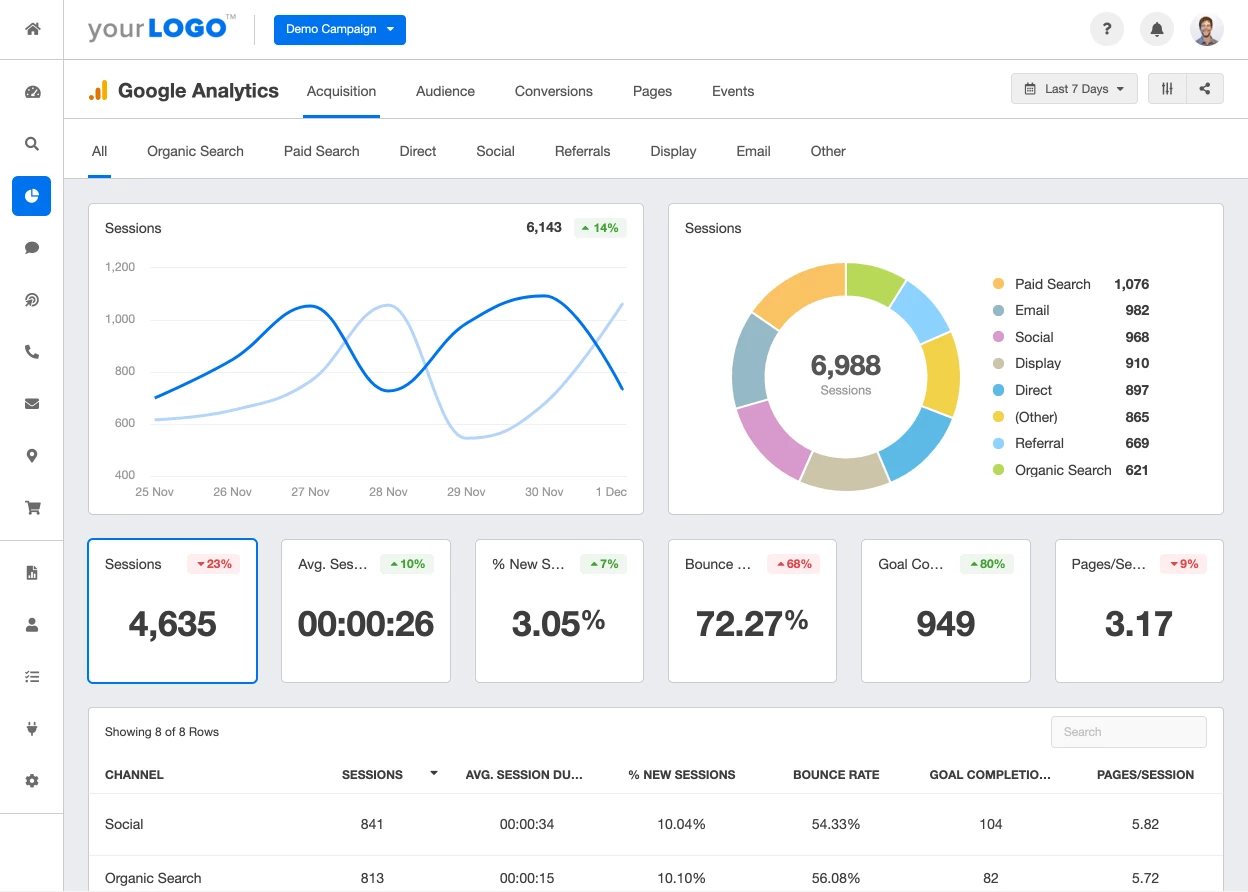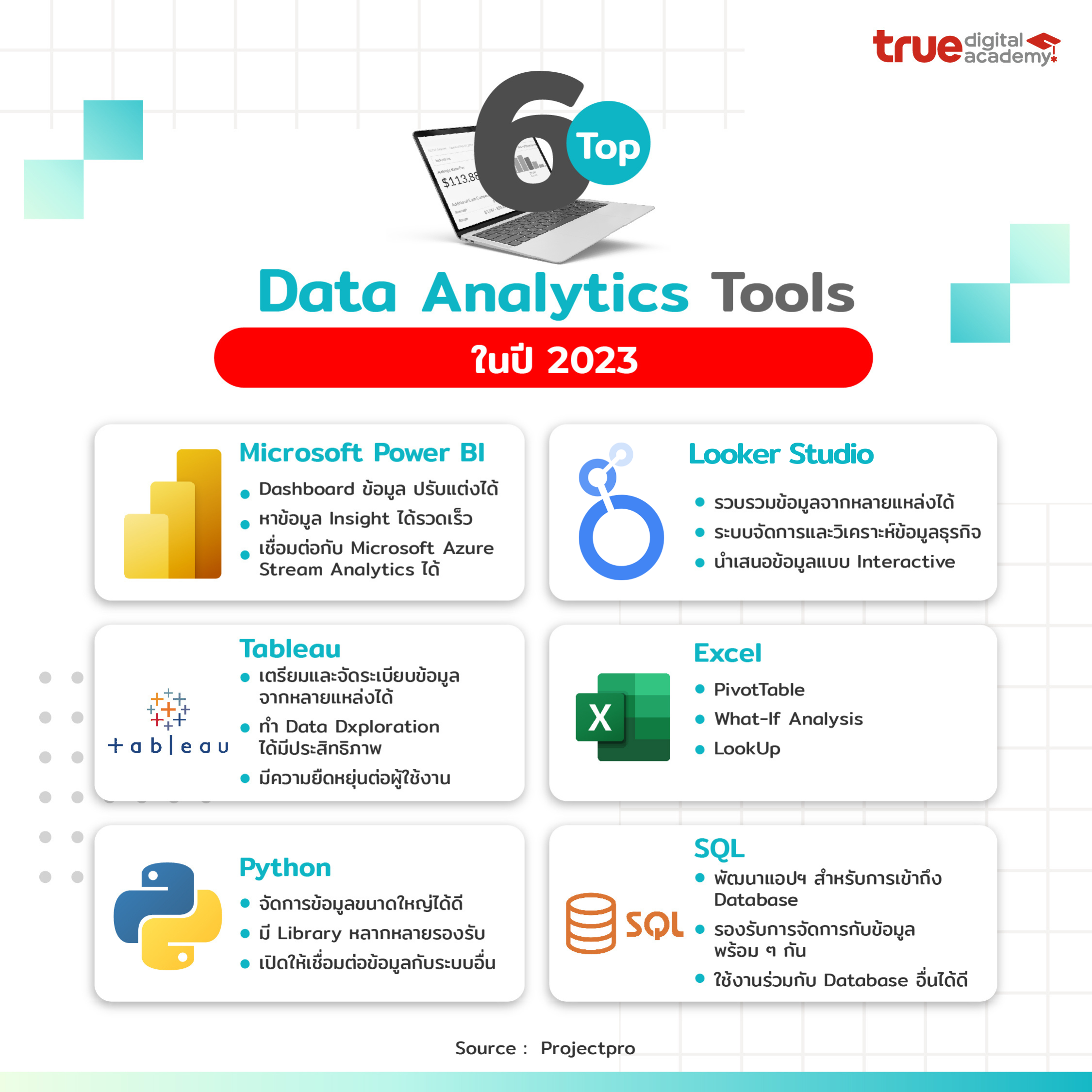Why Organizations Thrive with Data-Driven Analytics Approaches
Why Organizations Thrive with Data-Driven Analytics Approaches
Blog Article
Increase Performance and Earnings Through Information Analytics
In today's data-driven landscape, businesses are increasingly recognizing the pivotal duty of data analytics in boosting operational effectiveness and earnings. By systematically evaluating data, organizations can uncover crucial insights that educate critical decisions, improve processes, and dressmaker client experiences (Analytics). Nevertheless, the challenge lies not just in the application of these analytical devices however likewise in understanding just how to convert data right into workable outcomes. As we discover the nuances of reliable data-driven methods, the implications for both temporary gains and long-lasting success come to be progressively clear. What might these insights reveal for your company?
Recognizing Data Analytics
In today's data-driven landscape, recognizing data analytics is necessary for organizations aiming to enhance functional efficiency and drive success. Information analytics involves the methodical computational evaluation of information sets to discover patterns, relationships, and understandings that educate decision-making. By employing different strategies, such as analytical evaluation, device knowing, and anticipating modeling, companies can change raw information into actionable intelligence.
The process normally starts with data collection, where relevant info is collected from numerous sources, consisting of transactional data sources, client communications, and market fads. This information is after that cleaned and organized to guarantee accuracy and consistency. When the information is prepared, logical devices and software program are made use of to envision the details and discover, making it possible for stakeholders to recognize anomalies and trends.
Ultimately, understanding data analytics empowers companies to make enlightened choices based on empirical evidence as opposed to instinct. It assists in targeted methods that can enhance resource allotment, improve customer satisfaction, and boost total efficiency. As companies increasingly recognize the worth of data-driven insights, a solid grip of information analytics comes to be a vital competency for leaders and teams alike, positioning them for continual success in a competitive environment.

Trick Benefits for Businesses
Services that leverage information analytics can open a wide variety of advantages that substantially enhance their procedures and profitability. Among the primary benefits is boosted decision-making. Information analytics provides actionable understandings obtained from real-time information, allowing organizations to make informed options that align with market demands and customer choices.

Furthermore, information analytics cultivates boosted consumer experiences. By understanding customer behaviors and choices, businesses can tailor their offerings, leading to enhanced fulfillment and commitment. This individualized strategy usually results in greater conversion prices and repeat service.
Moreover, data analytics enables businesses to identify emerging fads and possibilities. By staying in advance of the contour, organizations can profit from new markets and innovations prior to their rivals.
Executing Data-Driven Techniques
Successful execution of data-driven approaches needs an extensive understanding of both readily available information and organizational objectives resources. Organizations should initially specify their purposes plainly, ensuring positioning between data efforts and calculated objectives. This quality allows teams to concentrate on appropriate metrics and insights that drive decision-making.
Following, companies should analyze their existing data framework. This includes evaluating information quality, access, and combination useful reference capabilities. High-quality information is essential for exact evaluation, as bad information can cause illinformed methods and wasted resources. Organizations has to establish procedures for information collection, cleaning, and monitoring to maintain data honesty.
Moreover, fostering a data-driven society is important. Workers at all degrees should be motivated to take advantage of information in their daily operations. Training workshops and programs can boost information proficiency, encouraging staff to make informed decisions based on logical understandings.
Devices and Technologies Overview
A robust collection of tools and technologies is necessary for organizations aiming to harness the full capacity of data analytics. These tools help with the collection, processing, and visualization of data, enabling companies to derive actionable insights.
At the fundamental degree, data administration platforms such as SQL databases and NoSQL systems provide reliable information storage space and retrieval abilities. For data processing and evaluation, shows languages like Python and R, in addition to structures such as Apache Glow, allow intricate computations and artificial intelligence applications.
Visualization devices, consisting of Tableau and Power BI, transform raw data right into user-friendly graphical formats, making understandings obtainable to stakeholders in all levels. Additionally, cloud-based systems like Google Cloud and AWS use scalable storage and processing remedies, fitting the growing quantities of data companies come across.
For sophisticated analytics, anticipating modeling and AI-driven options are progressively adopted, permitting business to anticipate patterns and boost decision-making processes. Incorporating these tools into existing process is critical; organizations that efficiently leverage this modern technology can substantially enhance functional efficiency and drive earnings. Thus, buying the right tools and innovations is a tactical vital for any data-driven organization.
Case Research Studies of Success
Leveraging information analytics has actually led numerous companies to attain impressive improvements in effectiveness and productivity. One noteworthy situation is a big retail chain that applied predictive analytics to optimize stock administration. By examining historic sales information and consumer fads, the company minimized excess More Help supply by 30%, leading to significant cost savings and improved money flow.
One more example can be discovered in the production market, where a leading auto supplier made use of information analytics to improve its production processes. By keeping an eye on maker efficiency in real-time, the organization determined inefficiencies and bottlenecks, resulting in a 20% rise in total tools efficiency (OEE) This not just increased production prices yet additionally decreased downtime and upkeep expenses.

These study see illustrate exactly how data analytics can drive strategic decision-making, maximize processes, and ultimately improve both performance and earnings throughout different sectors.
Verdict
In final thought, the integration of information analytics into service operations offers substantial opportunities for improving effectiveness and productivity. By systematically examining information, organizations can identify inadequacies, enhance customer experiences, and make informed decisions.
In today's data-driven landscape, recognizing information analytics is essential for organizations aiming to boost functional performance and drive profitability. Information analytics involves the systematic computational analysis of data sets to uncover patterns, correlations, and insights that notify decision-making. Information analytics supplies workable understandings acquired from real-time data, allowing organizations to make enlightened selections that line up with market demands and customer choices.
Top quality data is essential for exact evaluation, as poor information can lead to misdirected techniques and wasted sources. Organizations should establish procedures for data collection, cleansing, and administration to maintain data integrity.
Report this page